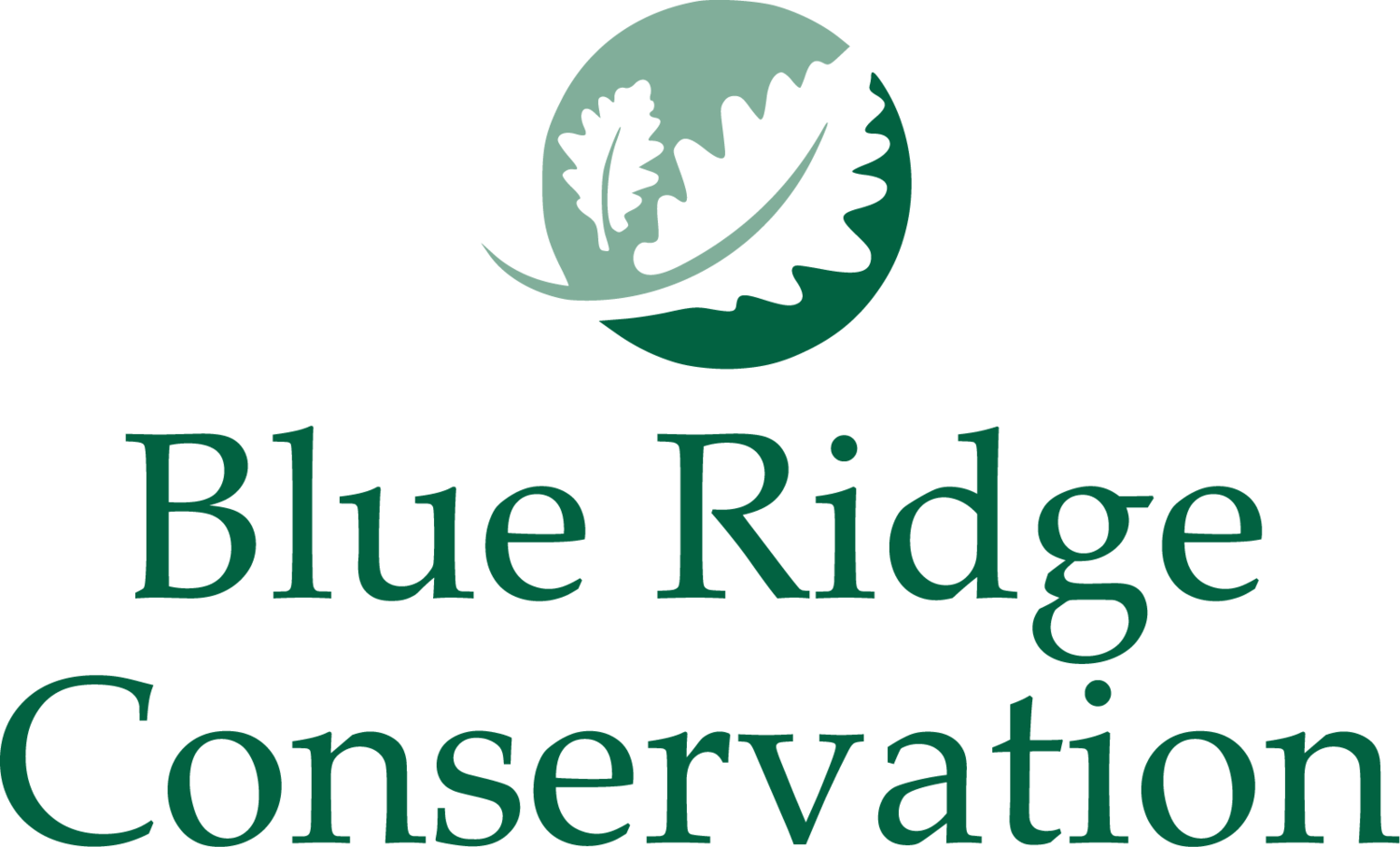Melissa officinalis, Lemon Balm
Planting for pollinators is a big interest subject for anyone desiring to create a healthy garden and habitat to nurture bees.
There is an abundance of information and guidance available for inspiration. Of less interest to most might be a lowly, yet significant plant that is rarely, if ever, mentioned when reading or studying garden plants to consider in the bee-friendly garden.
Historically known as the “bee” herb, Lemon balm is a pleasing little plant, with minty green leaves that seem to glow with vitality. It is an intoxicatingly fragrant, richly lemon scented herbaceous perennial having a recorded use dating back thousands of years.
The Latin word, Melissa, comes from the Greek word for “honeybee”. In Greek mythology, Melissa, the Goddess of the bees, was the nymph who discovered honey and taught the use of honey and from whom bees were believed to have received their name. Nymphs were said to be able to take the form of bees. These bee-nymphs, named Melissae in her honor, nursed the infant Zeus with honey. He gained power to later become the king of the gods. Bees were also sacred to the goddess Artemis, daughter of Zeus. Priestesses who served her were given a bee honorific title as well.
The long history of Lemon balm calming bees and keeping bees content has been noted as far back as beekeeping in the Temple of Artemis. Modern science reveals the leaves and essential oil of Lemon balm contain similar characteristics to Nasonov pheromone given off by bees, which attracts other bees. It is the pheromone released by the Queen Bee that attracts worker bees to follow. For a long time beekeepers would rub the hives and their hands with lemon balm when working with bees. It is the irresistible scent that contributes to the melancholy effect Lemon balm has on bee
behavior.
Originating in the Middle East, its medicinal and culinary qualities also have a centuries long history. The Romans introduced Lemon balm to Britain and it became an important plant in the monastic garden. The Latin word officinalis (“workshop”), which in the Middle Ages also meant “of or pertaining to a monastery”. Lemon balm was brought to North America with the colonists and it was also grown by Thomas Jefferson.
Lemon balm is a vigorous perennial that dies back each year and re-shoots from the base, reaching two to three feet in a growing season. Its square stems indicate that it is in the mint family. The inconspicuous tiny whitish flowers that appear in late summer are favored by the first class pollinators, honeybees. It is easy to grow in average soil, in partial shade or dappled sunlight. Lemon balm grows easily from seed and germinates best if not allowed to dry out and not covered when planted. Plants can also be grown by division in Spring, cuttings in summer and you’ll notice they pop up on their own in the garden from seed that has scattered.
Melissa officinalis deserves to be the crown jewel in every bee garden.
